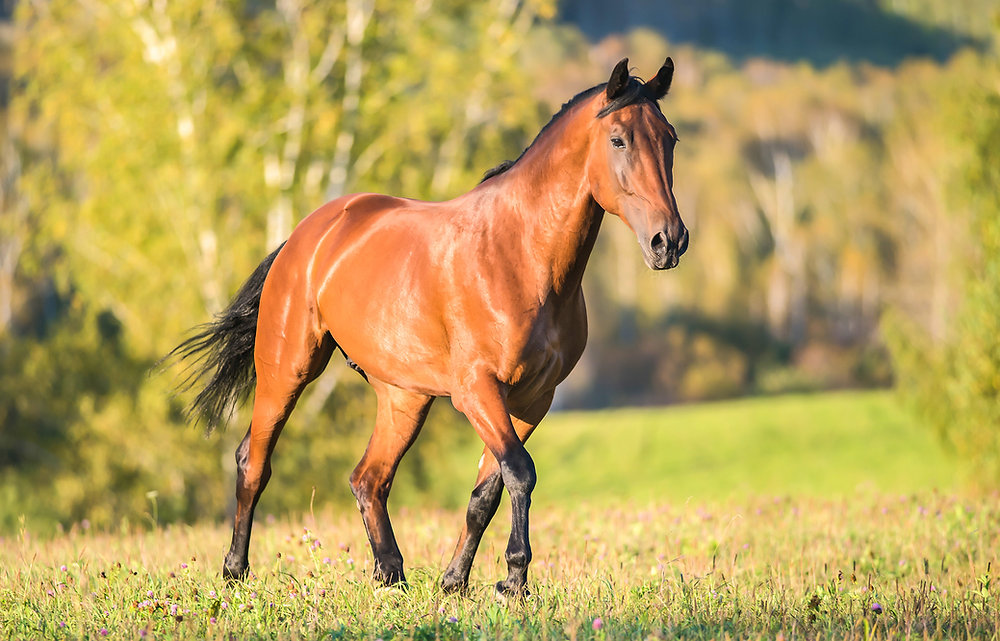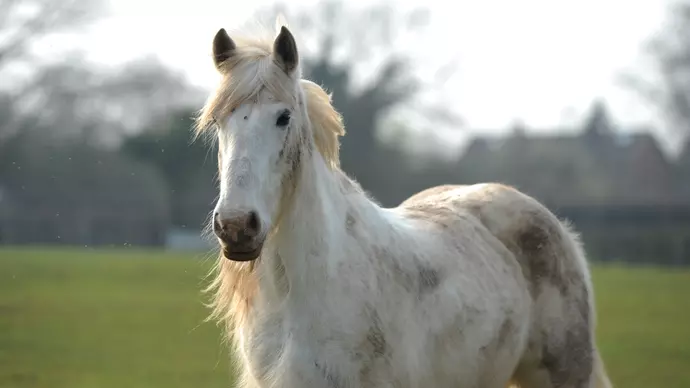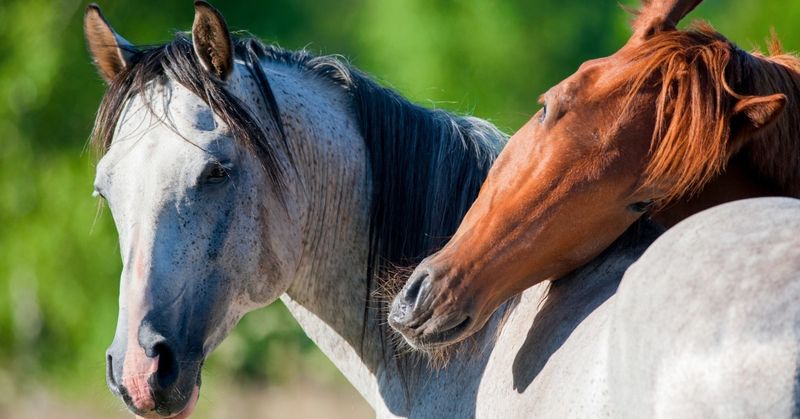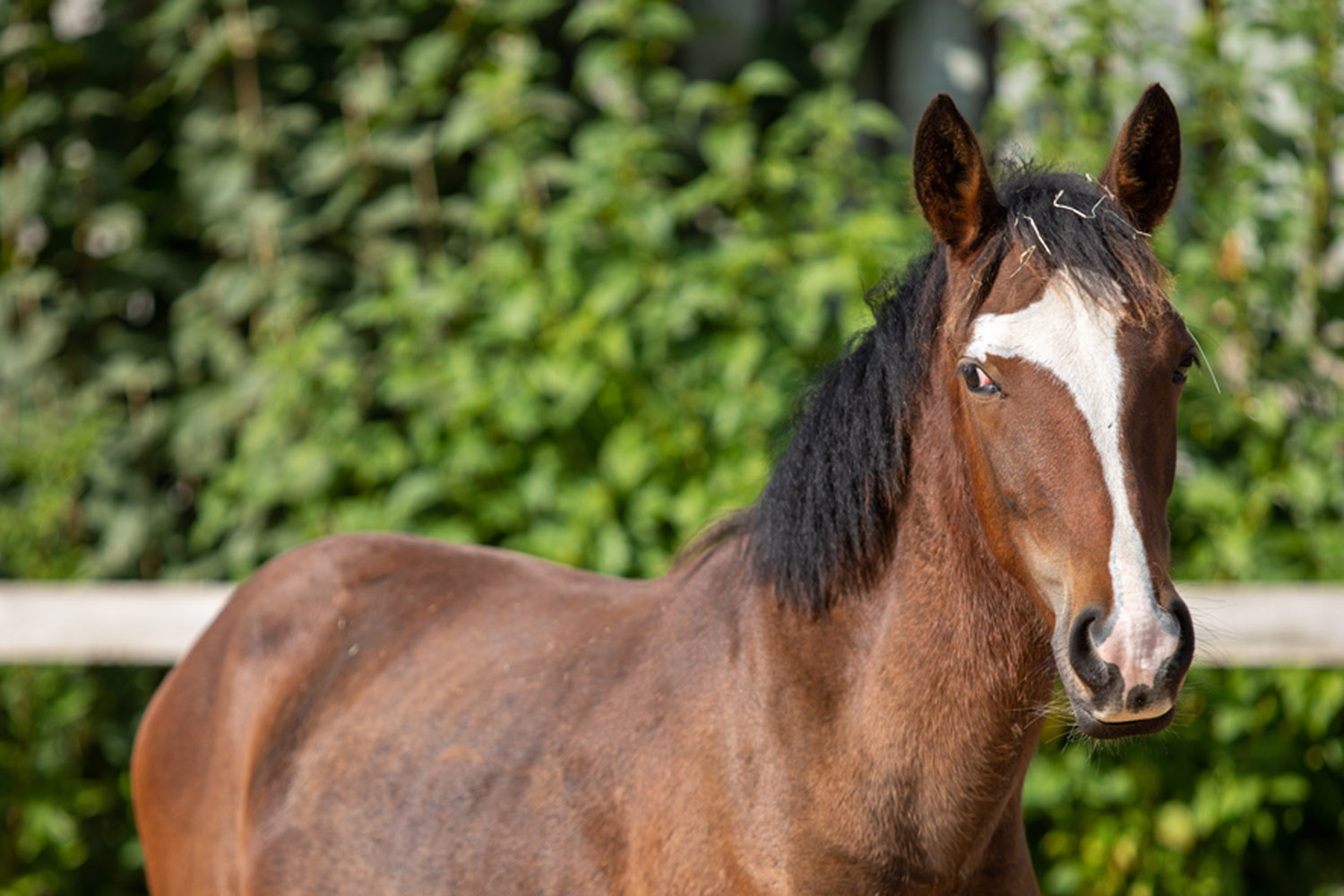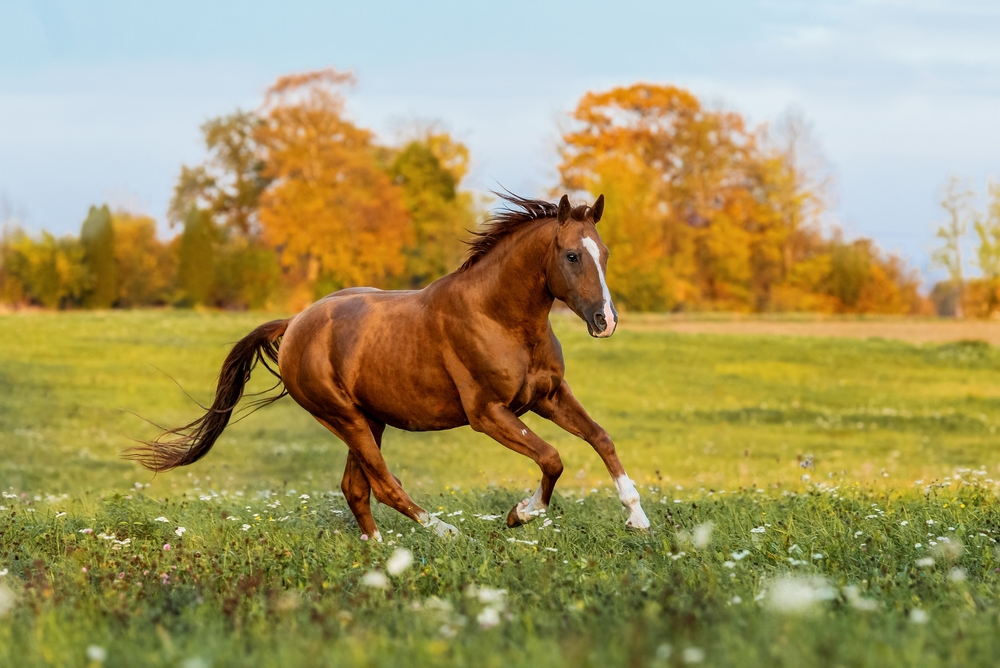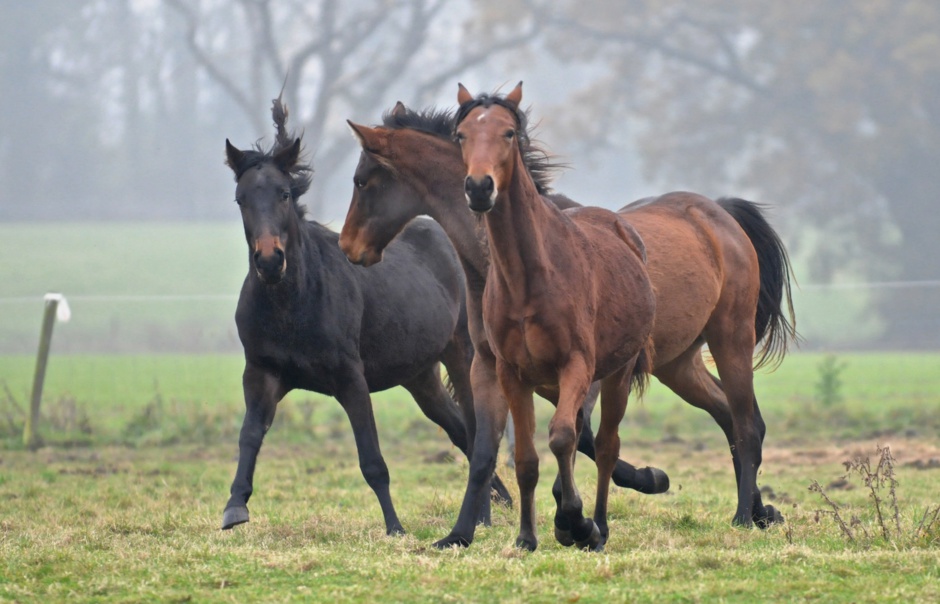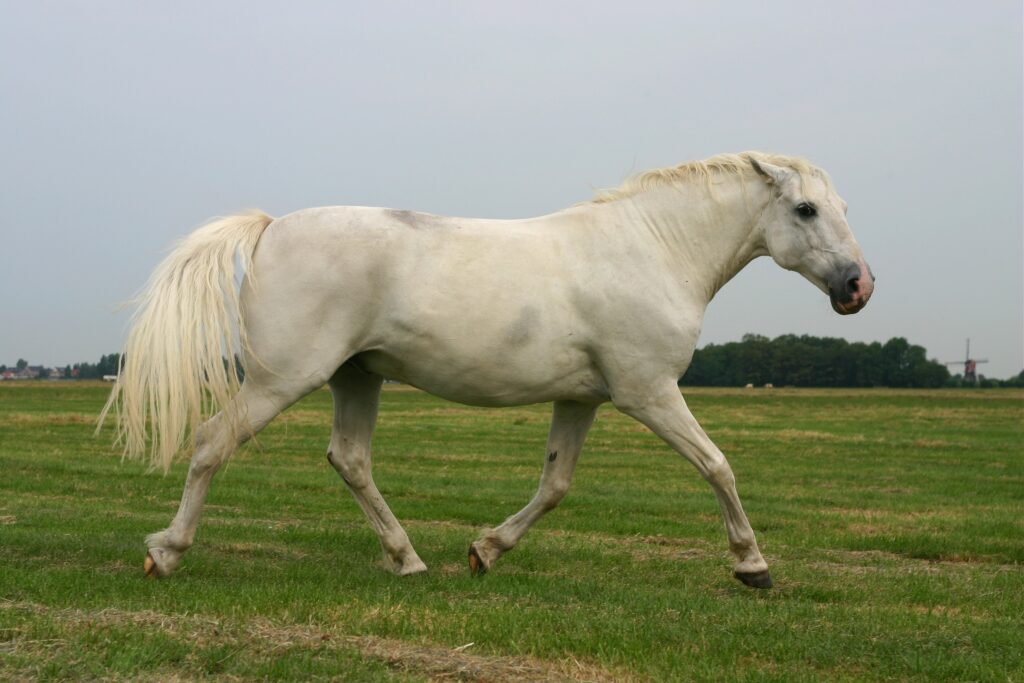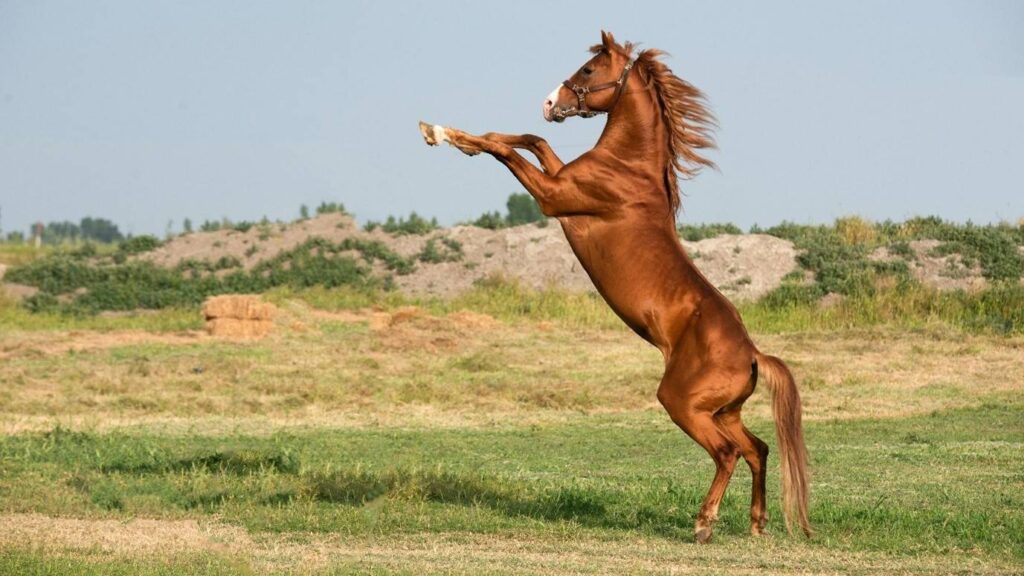When observing horses in their natural environment, one may notice a unique behavior that sets them apart from other animals. This behavior, known as mutual grooming, is a fascinating aspect of equine social interaction. In this article, we delve into the significance of this behavior, its implications for horse welfare, and what it means for the human-horse relationship.
Understanding Equine Social Interactions
Equine mutual grooming, also known as allogrooming, is a behavior where two horses stand head to tail and scratch each other’s back or neck using their teeth. This behavior is not just about cleanliness but also plays a significant role in establishing and maintaining social bonds between horses.
The Significance of Mutual Grooming
Through mutual grooming, horses can reach areas that are hard to clean by themselves, such as the back and the neck. Besides, this behavior also helps in parasite control. But more importantly, it’s a way for horses to show trust and affection towards each other, reinforcing their social bonds. For more insights on equine behavior, you can check out this comprehensive guide on equine behavior.
Implications for Horse Care
Understanding the importance of mutual grooming in horses can help us better care for these magnificent creatures. By mimicking this behavior, we can foster a stronger bond with our horses. Moreover, grooming your horse regularly can help restore natural shine to their coat and nourish from within, promoting overall health.


